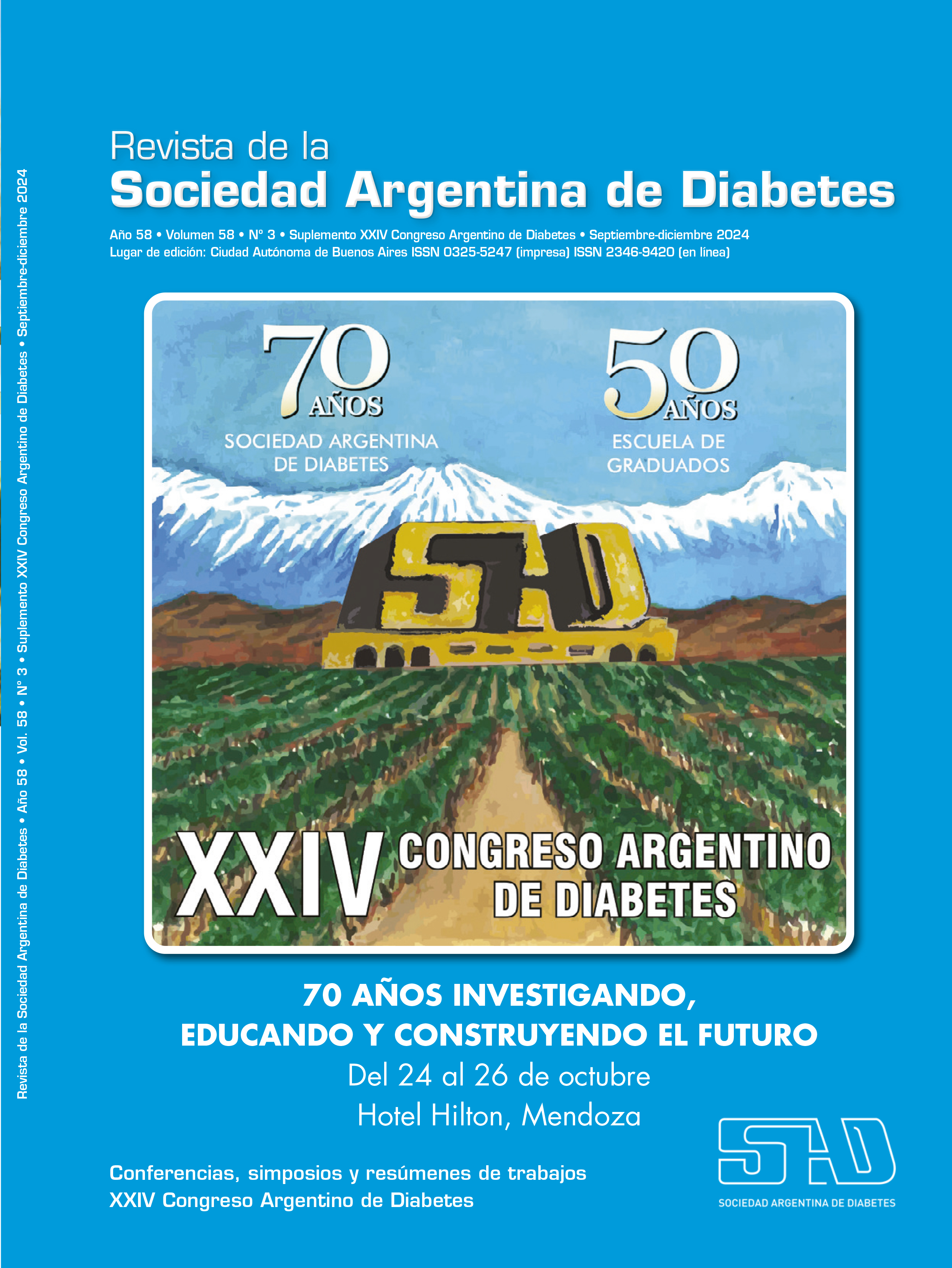Use of antiresorptives: increased risk of complications?
Keywords:
diabetes type 2, drugs antiresorptivesAbstract
In recent years, it has become evident that both type 1 diabetes (DM1) and type 2 diabetes (DM2) are associated with a higher risk of fracture, which increases as the duration of diabetes increases and is associated with a greater morbidity and mortality. It was observed that in DM1 there is a decrease in bone density, but that in DM2 bone density may still be increased. In diabetes, there is an alteration in bone quality associated, among other causes, with a lower bone turnover that can be evidenced as a decrease in biochemical markers of bone turnover and as an alteration of the bone structure due to the action of the advanced glycation end-products. Given the distinctive characteristics of the effect of diabetes on bone, a fracture risk stratification for the evaluation and therapeutic management of fracture risk in DM2 patients was recently proposed by a committee of experts, which presents some differences with respect to risk stratification of the non-diabetic population1. They suggested that fracture risk stratification in patients with diabetes should be based on the presence of a previous fragility fracture and the individual risk profile, with the inclusion of specific risk factors for T2DM (more than 10 years of duration, presence of chronic complications of DM2, use of insulin or thiazolidinediones, and persistent HbA1c levels greater than 8% for at least 1 year). Due to the low bone turnover in diabetic patients, doubts arose regarding the effectiveness of antiresorptive drugs and no clinical trials have been carried out with antiresorptive drugs specifically in diabetic patients. The strongest evidence for the effectiveness of antiresorptive drugs comes from the pooled analysis of individual participants in clinical trials of antiresorptive drugs published between 1985 and 20182. It was observed that T2DM did not affect the efficacy of the treatment, with a similar reduction in the fracture rate. and increase in BMD and reduction in formation and resorption markers in DM2 and non-diabetic patients2. Different population studies could not associate a higher incidence of atypical fractures in diabetic patients treated with bisphosphonate treatment. Data on osteonecrosis of the jaw related to antiresorptive therapy in diabetic patients are inconclusive3.
References
I. Chiodini I, Gaudio A, Palermo A, et al. Management of bone fragilty in type 2 diabetes: perspective from an interdisciplinary expert panel. Nutr Metab Cardiovasc Dis 2021; 31:2210-2233
II. Eastell, R, Vittinghoff E, Lui LY, et al. Diabetes mellitus and the benefit of antiresortive therapy on fracture risk. J Bone Miner Res 2022; 37:2121-2131.
III. Vilaca T, Eastell R. Antiresorptive versus anabolic therapy in managing osteoporosis in people with type 1 and type 2 diabetes. JBMR plus 2023;7(11).
Downloads
Published
Issue
Section
License
Copyright (c) 2024 on behalf of the authors. Reproduction rights: Argentine Society of Diabetes

This work is licensed under a Creative Commons Attribution-NonCommercial-NoDerivatives 4.0 International License.
Dirección Nacional de Derecho de Autor, Exp. N° 5.333.129. Instituto Nacional de la Propiedad Industrial, Marca «Revista de la Sociedad Argentina de Diabetes - Asociación Civil» N° de concesión 2.605.405 y N° de disposición 1.404/13.
La Revista de la SAD está licenciada bajo Licencia Creative Commons Atribución – No Comercial – Sin Obra Derivada 4.0 Internacional.
Por otra parte, la Revista SAD permite que los autores mantengan los derechos de autor sin restricciones.




























